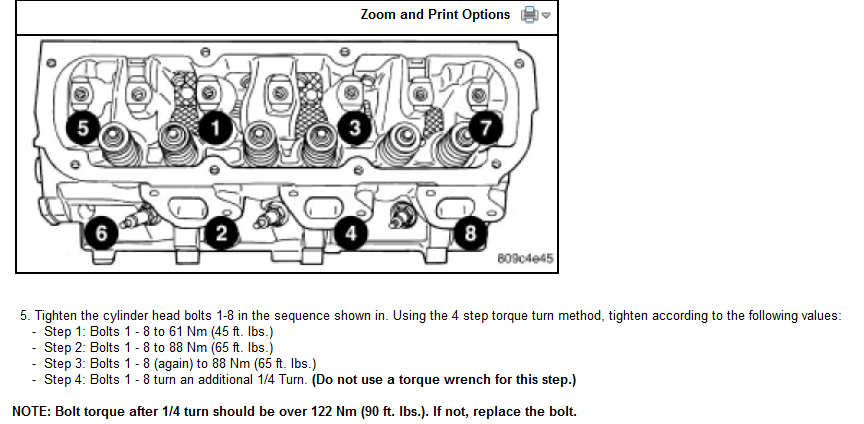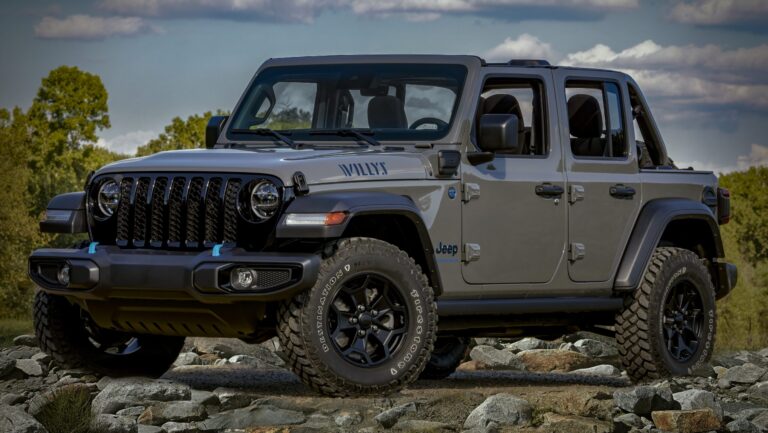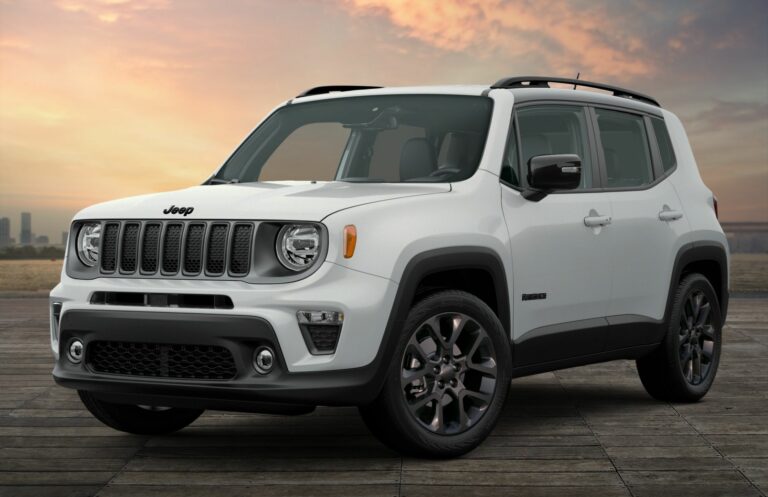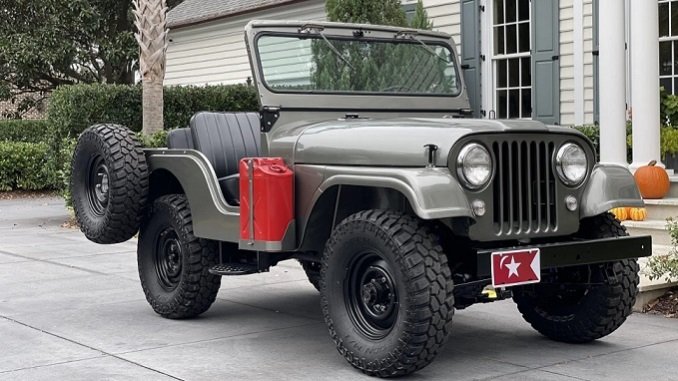Wrangler Jeep Engine Specs: The Heart of Off-Road Dominance
Wrangler Jeep Engine Specs: The Heart of Off-Road Dominance jeeps.truckstrend.com
The Jeep Wrangler is more than just a vehicle; it’s an icon, a symbol of freedom, adventure, and unparalleled off-road capability. While its rugged design and legendary 4×4 systems often steal the spotlight, the true essence of its performance and character lies beneath the hood: its engine. Understanding Wrangler Jeep Engine Specs is crucial for any prospective owner or enthusiast, as the engine choice profoundly impacts everything from daily drivability and fuel efficiency to extreme off-road prowess and towing capacity. It dictates the vehicle’s personality, defining whether it’s a nimble trail explorer, a long-distance cruiser, a powerful rock-crawler, or an eco-conscious adventurer. This comprehensive guide will delve into the various powertrains that have propelled the Wrangler through its modern generations, offering insights into their capabilities, benefits, and the considerations for choosing the right one for your adventure.
The Evolution of Power: Modern Wrangler Engine Options
Wrangler Jeep Engine Specs: The Heart of Off-Road Dominance
Over the years, the Jeep Wrangler has adapted to evolving demands for performance, efficiency, and specialized capabilities. The current generation (JL) and its predecessor (JK) have offered a diverse range of engines, each meticulously engineered to meet specific needs. Let’s explore the key players.
1. The Tried-and-True: 3.6L Pentastar V6
Since its introduction in the 2012 JK Wrangler, the 3.6-liter Pentastar V6 has been the quintessential workhorse for the Wrangler. It’s a naturally aspirated, gasoline-powered engine renowned for its reliability, smooth power delivery, and proven performance across a wide range of Chrysler, Dodge, and Jeep vehicles.
- Key Specs:
- Horsepower: 285 hp @ 6,400 rpm
- Torque: 260 lb-ft @ 4,800 rpm
- Transmission: Typically paired with an 8-speed automatic (ZF 8HP) or a 6-speed manual transmission.
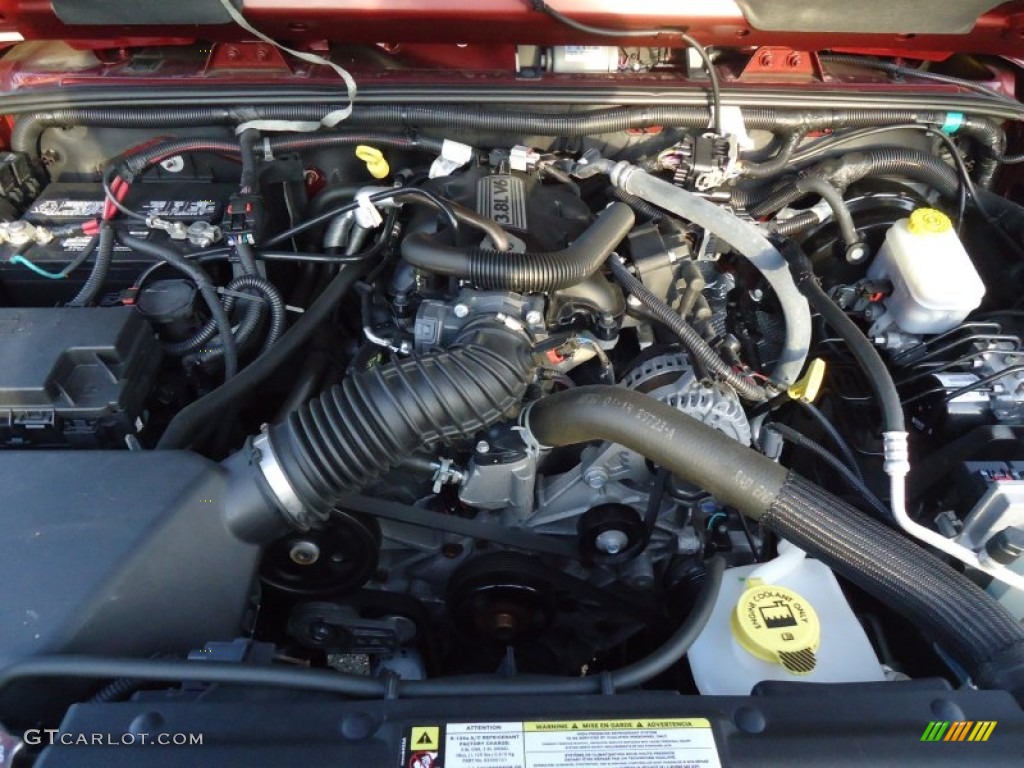
- Benefits: The Pentastar V6 offers a balanced blend of power for highway cruising and sufficient torque for most off-road scenarios. Its widespread use means readily available parts and experienced technicians. It’s a reliable, low-maintenance choice that appeals to those seeking a traditional, robust powertrain.
- Ideal Use: Daily driving, moderate off-roading, light to medium towing. It’s an excellent all-rounder for most Wrangler owners.

2. The Modern Contender: 2.0L Turbo I4 (Hurricane Engine) with eTorque
Introduced with the JL Wrangler, the 2.0-liter turbocharged inline-four-cylinder engine, often referred to as the "Hurricane" engine, brought a new dimension of efficiency and low-end torque to the lineup. It frequently incorporates a mild-hybrid system known as eTorque.
- Key Specs:
- Horsepower: 270 hp @ 5,250 rpm
- Torque: 295 lb-ft @ 3,000 rpm
- Transmission: Exclusively paired with the 8-speed automatic transmission.

- Benefits: The turbocharger provides immediate, strong low-end torque, which is incredibly beneficial for rock crawling and technical off-roading, where precise throttle control and immediate power are crucial. The eTorque mild-hybrid system further enhances fuel efficiency, smooths out the engine start/stop function, and provides a slight torque boost during acceleration. Its lighter weight also contributes to a slightly better power-to-weight ratio.
- Ideal Use: Technical off-roading, urban driving where efficiency is valued, and those who appreciate modern powertrain technology.
3. The Torque Monster: 3.0L EcoDiesel V6 (Discontinued for 2023+)
For a period, the Wrangler offered a diesel option, the 3.0-liter EcoDiesel V6, catering to enthusiasts seeking maximum torque and improved fuel economy for long hauls and heavy towing. While highly praised, it was discontinued for the 2023 model year onwards.
- Key Specs:
- Horsepower: 260 hp @ 3,600 rpm
- Torque: 442 lb-ft @ 1,400-2,800 rpm
- Transmission: Paired with an 8-speed automatic transmission.
- Benefits: Unmatched torque for towing and extreme low-speed crawling. Excellent fuel economy for a vehicle of its size and capability, especially on the highway. The deep, rumbling engine note also appealed to many.
- Ideal Use: Heavy towing, overlanding, long-distance highway cruising, and serious off-road enthusiasts who prioritize low-end grunt.
- Important Consideration: While an excellent engine, its discontinuation means finding new models is no longer possible, and maintenance/parts might become slightly more specialized over time compared to more common gasoline engines.
4. The Performance Beast: 6.4L HEMI V8 (Rubicon 392)
For those who crave raw power and an exhilarating exhaust note, the Wrangler Rubicon 392 delivers with its monstrous 6.4-liter (392 cubic inch) HEMI V8 engine. This powertrain transforms the Wrangler into a high-performance, off-road capable muscle car.
- Key Specs:
- Horsepower: 470 hp @ 6,000 rpm
- Torque: 470 lb-ft @ 4,300 rpm
- Transmission: Paired with a heavy-duty 8-speed automatic transmission.
- Benefits: Blistering acceleration (0-60 mph in 4.5 seconds), incredible passing power, and an unmistakable V8 rumble. It offers an unparalleled driving experience for a Wrangler, blending legendary off-road capability with sports car-like performance.
- Ideal Use: Performance enthusiasts, those who want the fastest Wrangler, and individuals who demand significant power for both on-road and off-road adventures.
5. The Eco-Warrior with Power: 2.0L 4xe Plug-in Hybrid
The Wrangler 4xe represents a significant leap forward, combining the 2.0L turbocharged engine with two electric motors and a 17 kWh battery pack to create a plug-in hybrid electric vehicle (PHEV). It offers a unique blend of efficiency and instant electric torque.
- Key Specs (Combined System Output):
- Horsepower: 375 hp
- Torque: 470 lb-ft
- Transmission: Specifically calibrated 8-speed automatic transmission.
- Electric Range: Approximately 21-25 miles on electric power alone.
- Benefits: Exceptional fuel economy (equivalent to 49 MPGe combined) when utilizing its electric range. Instantaneous electric torque is phenomenal for precise rock crawling and silent off-roading. The ability to commute on electric power while still having the gasoline engine for longer trips or demanding tasks. It’s the most powerful Wrangler (excluding the 392) in terms of combined torque.
- Ideal Use: Environmentally conscious buyers, urban commuters who want to maximize electric range, and off-roaders who appreciate the silent, torquey performance of electric power.
Choosing Your Engine: Practical Advice and Actionable Insights
Selecting the right Wrangler engine is a deeply personal decision, influenced by your primary use case, driving style, and budget.
- For the Daily Driver/Weekend Warrior: The 3.6L Pentastar V6 is an excellent, reliable, and cost-effective choice. It offers ample power for most situations without being overly complex. The 2.0L Turbo I4 is also a great option if you prioritize low-end torque, slightly better fuel economy, and don’t mind the turbo characteristics.
- For the Serious Off-Roader/Overlander: The 2.0L Turbo I4 with eTorque provides fantastic low-end grunt and precision. The 3.0L EcoDiesel V6 (if buying used) is unparalleled for sustained low-RPM torque and range. The 4xe PHEV offers silent, torquey electric off-roading, which is a game-changer for technical trails.
- For Towing: The 3.0L EcoDiesel V6 (used market) was the clear winner for its torque and fuel efficiency while towing. The 3.6L Pentastar V6 and 2.0L Turbo I4 are capable for lighter loads (up to 3,500 lbs for most Wranglers), but the diesel or 4xe’s combined torque makes heavier loads feel more manageable.
- For Performance Enthusiasts: The 6.4L HEMI V8 (Rubicon 392) is the only choice. Its raw power and aggressive sound transform the Wrangler into a true performance machine.
- For Fuel Efficiency/Environmental Consciousness: The 2.0L 4xe PHEV stands out with its plug-in hybrid capabilities and impressive MPGe. The 2.0L Turbo I4 is also more fuel-efficient than the V6.
Maintenance Tips:
- Regular Oil Changes: Crucial for all engines, especially turbocharged and diesel variants. Follow manufacturer recommendations meticulously.
- Fuel Quality: Use the recommended octane for gasoline engines. Diesel engines require Diesel Exhaust Fluid (DEF) and proper diesel fuel.
- Cooling System: Ensure the cooling system is in top shape, especially for hard-working engines.
- Battery Health (4xe): For the 4xe, ensure the high-voltage battery is regularly charged and maintained as per manufacturer guidelines.
Wrangler Jeep Engine Specs: Comparison Table
This table provides a concise overview of the primary modern engine options for the Jeep Wrangler, highlighting their key specifications and general implications for cost and availability.
| Engine Name | Type | Horsepower (hp) | Torque (lb-ft) | Transmission | Approx. Fuel Economy (MPG city/hwy/combined) | Notable Models/Trims | Price Premium (Approx. vs. base V6) |
|---|---|---|---|---|---|---|---|
| 3.6L Pentastar V6 | Naturally Aspirated Gasoline | 285 | 260 | 6-speed Manual / 8-speed Automatic | 19/24/21 (Auto) | Standard on many trims | Base/Standard |
| 2.0L Turbo I4 (Hurricane) | Turbocharged Gasoline w/ eTorque | 270 | 295 | 8-speed Automatic | 22/24/22 | Optional on most trims | ~$2,000 – $3,000 |
| 3.0L EcoDiesel V6 | Turbocharged Diesel | 260 | 442 | 8-speed Automatic | 22/29/25 (Discontinued for 2023+) | Optional on Sahara/Rubicon/High Altitude | ~$4,000 – $6,000 (when available) |
| 6.4L HEMI V8 (Rubicon 392) | Naturally Aspirated Gasoline | 470 | 470 | Heavy-duty 8-speed Automatic | 13/17/14 | Rubicon 392 Exclusive | Significant, comes with top trim |
| 2.0L 4xe Plug-in Hybrid | Turbocharged Gasoline PHEV | 375 (Combined) | 470 (Combined) | 8-speed Automatic | 49 MPGe (combined); ~20 MPG (gas only) | Sahara 4xe, Rubicon 4xe, High Altitude 4xe | ~$8,000 – $10,000+ (as a separate trim) |
Note: Fuel economy figures are estimates and can vary based on model year, trim, tire size, driving conditions, and individual driving habits. "Price Premium" indicates the approximate additional cost when opting for that engine over a standard V6 on comparable trims, or if it comes with a dedicated higher trim level.
Frequently Asked Questions (FAQ)
Q1: Which Wrangler engine is best for serious off-roading?
A1: For technical rock crawling, the 2.0L Turbo I4 (with eTorque) and the 4xe Plug-in Hybrid offer excellent low-end torque for precise control. The 3.0L EcoDiesel V6 (if you can find one) provides immense, sustained torque ideal for challenging climbs and heavy loads. The Rubicon 392 offers brute force for high-speed desert running.
Q2: What is the most fuel-efficient Wrangler engine?
A2: The 2.0L 4xe Plug-in Hybrid is the most fuel-efficient, offering up to 49 MPGe combined thanks to its electric range. Among the pure gasoline engines, the 2.0L Turbo I4 generally offers better fuel economy than the 3.6L Pentastar V6.
Q3: Can I get a HEMI V8 in any Wrangler?
A3: No, the 6.4L HEMI V8 engine is exclusively available in the Wrangler Rubicon 392 trim level, which is a dedicated high-performance model. Aftermarket HEMI swaps are possible for older Wranglers but are complex and expensive.
Q4: What is eTorque, and how does it benefit the Wrangler?
A4: eTorque is a mild-hybrid system that replaces the traditional alternator with a belt-driven motor generator unit. It assists the engine during acceleration by providing a slight torque boost, enables a smoother and faster engine stop/start function, and allows for regenerative braking to recharge the battery. It generally improves fuel efficiency and low-end responsiveness.
Q5: Is the EcoDiesel engine still available in new Wranglers?
A5: No, the 3.0L EcoDiesel V6 engine was discontinued for the 2023 model year onwards. It can only be found in used Wrangler models from previous years.
Q6: How does the 4xe Plug-in Hybrid work, and what are its advantages?
A6: The 4xe combines a 2.0L turbocharged gasoline engine with two electric motors and a battery pack. It can operate in all-electric mode for short distances (e.g., city driving or silent off-roading), gasoline-only mode, or a hybrid mode where both power sources work together. Its main advantages are significant fuel efficiency, instant electric torque for off-roading, and reduced emissions.
Conclusion
The engine is undeniably the heart of the Jeep Wrangler, defining its character and capabilities. From the reliable and versatile Pentastar V6 to the efficient and torquey 2.0L Turbo, the powerful and groundbreaking 4xe PHEV, and the exhilarating Rubicon 392 with its HEMI V8, Jeep offers a diverse range of powertrains. Each option is engineered to cater to different driving needs and adventurous aspirations. Understanding these Wrangler Jeep Engine Specs empowers you to make an informed decision, ensuring that your legendary off-roader is perfectly matched to your lifestyle, ready to conquer trails, cruise highways, and deliver an unparalleled driving experience that only a Jeep Wrangler can provide. Choose wisely, and let your adventure begin.
.jpg?t=166965030554)
